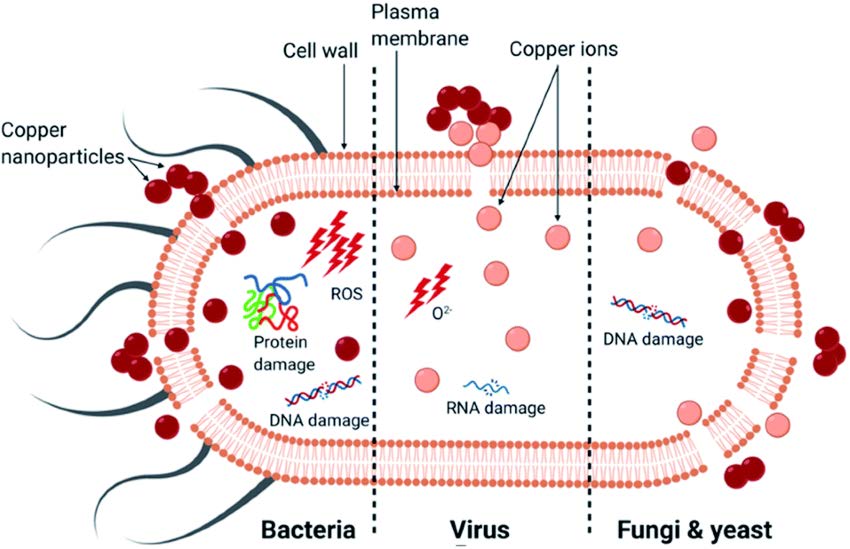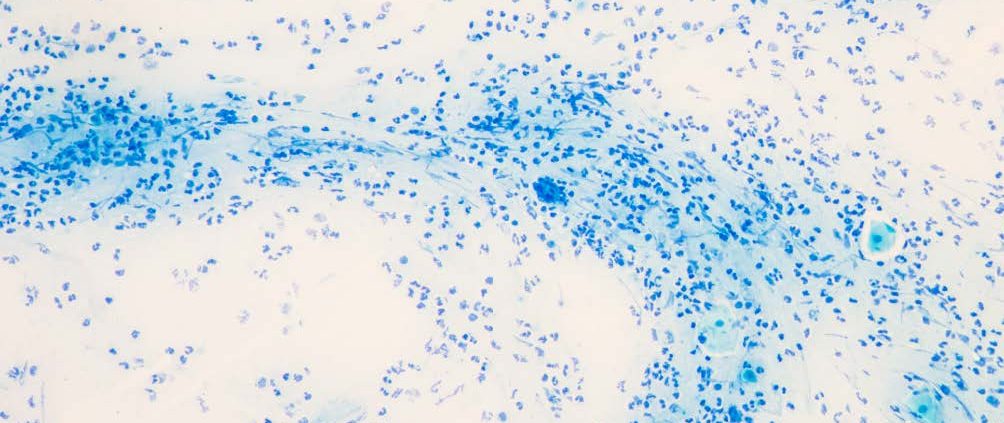What are the anti-microbial benefits of copper
Anti-microbial properties of metals
There is scientific evidence to show that certain metals alloys containing copper have antiviral and antimicrobial properties that creates a protective nature to surfaces. Copper ions damage the cell membranes of bacteria, viruses and fungi while being completely safe to touch for humans (Wayne, 2020). In fact the US Environmental Protection agency (US EPA) recognised copper as the first antimicrobial metal in 2008. This unique
characteristic is consistent throughout its life as long as it is cleaned regularly and continues even why recycled or mixed with other metals to create alloys. In fact ancient civilisations used copper for these properties well before western society started to use it in drinking and other transported materials via copper tubes (Wikipedia, 2022). These ancient copper containers can be seen in museums around the world and although not understood molecularly it is clear that this metal was preferred due to its antimicrobial effects and twin this with durability, lightness and recyclability it further confirms the brilliant attributes of copper.
Applications of copper in the built environment
The centuries old knowledge of copper as a antimicrobial material has been aplied to high traffic areas in our most vulnerable parts of the built environment. This is in the form of fixtures and fittings in hospitals to large pipes transporting drinking water. Copper is seen in the built environment in lots of forms due to its flexible and malleable nature, for instance plates, tubes, coating, wires and rods. These various forms have also been used recently against the spread of infections diseases like SARS, influenza and norovirus. Such studies have revealed how copper ions and nano-particles effect these micro- organisms, all without any effect on humans (Salah, Parkin and Allan, 2021)

Copper is a versatile material
With these great attributes in a microbial sense it is also good to understand that copper can be used in large formats that also reflect this characteristics and these are found in the form of pressure vessels, distillation equipment, piping systems and gaskets. According to the Copper Development Association (CDA) there are four different areas of industry where copper is utilised.
Electrical : 65% Construction : 25% Transport : 7% Other : 3%


